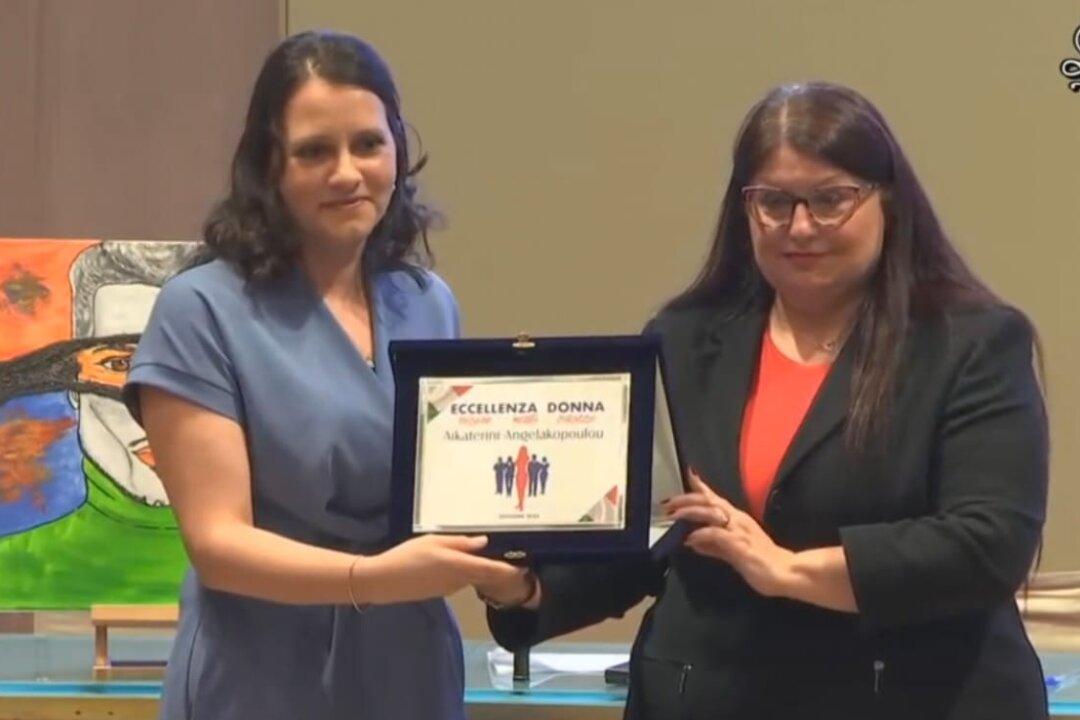Roughly 40 million borrowers of federal student loans will soon need to start paying their bills again under a deal reached by President Joe Biden and House Speaker Kevin McCarthy (R-Calif.) to bring temporary relief to the recurring debt ceiling crisis.
When Will the Student Loan Pause End?
According to the deal, which still needs approval from Congress, the pause would end 60 days after June 30. This means borrowers would need to start repaying loans near the end of August, at which point interest would also start accruing again.But the situation is complicated by a pending U.S. Supreme Court decision on two cases challenging Biden’s plan to “forgive” hundreds of billions of dollars in federal student loan debt.
At the core of those cases is the question of whether the president has the authority to implement his $400 billion plan, which would erase up to $10,000 in student loan debt for every borrower who earns less than $125,000 per year while canceling up to $20,000 for each Pell Grant recipient who meets that income standard.
On Nov. 22, 2022, Biden announced the most recent extension of the pause on student loan debt collection, saying that if the Supreme Court rules on his plan before June 30, the pause will expire 60 days after that final decision, regardless of the lawsuits’ outcome.
If the legal challenges haven’t been resolved by June 30, payments would resume 60 days after June 30.
Could a Student Loan Repayment Pause Get Another Extension?
Although the student loan repayment pause has been extended many times over the past three years, the Nov. 22, 2022, extension will be the last one, as the bipartisan debt ceiling deal would explicitly prohibit the Biden administration from doing it again.Specifically, the deal states that Education Secretary Miguel Cardona “may not use any authority to implement an extension” of the pause unless Congress otherwise authorizes him to do so, which is extremely unlikely to happen.
Over the weekend, Cardona applauded Biden for “averting a crisis.” He also praised the deal for resuming the collection of student loan payments on a similar schedule planned by his department.
“Despite Republicans’ efforts to end targeted student debt relief and move up our planned end to the payment pause, we will ensure a smooth return to repayment process,” he wrote on Twitter. “The deal also protects our ability to pause student loan payments should that be necessary in future emergencies.”
Republicans originally suggested that education spending be held to fiscal year 2022 allocations as part of their effort to slash spending across federal government agencies. This proposed change translates to a 22 percent, or $17.4 billion, decrease from current fiscal 2023 levels.
How Will the Supreme Court Decide on Biden’s Student Loan Debt Cancellation Plan?
It’s unclear if the Supreme Court will rule against or in favor of Biden’s multibillion-dollar plan. In fact, even Biden himself said he was “not confident about the outcome of the decision.”With that said, a 6–3 conservative majority on the high court has expressed skepticism about the idea that Biden could bypass Congress to make such a far-reaching move.
In oral arguments held in March, several justices, including Chief Justice John Roberts, said they believed that there should be a role for Congress to play in a “major question” involving so much money and affecting so many people.
“We take very seriously the idea of separation of powers and that power should be divided to prevent its abuse, and there are many procedural niceties that have to be followed for the same purpose,” Roberts told Solicitor General Elizabeth Prelogar, who was defending the debt cancellation plan.
“I think most casual observers would say, if you’re going to give up that much amount of money, if you’re going to affect the obligations of that many Americans on a subject that’s of great controversy, they would think that’s something for Congress to act on. And if Congress hasn’t acted on it, then maybe that’s a good lesson to say, for the President or the administrative bureaucracy, that maybe that’s not something they should undertake on their own.”
At one point during the hearing, Roberts referred to the 2020 Supreme Court decision that blocked the Trump administration from unilaterally terminating the Deferred Action for Childhood Arrivals (DACA) program, which allowed “dreamers,” or those who were illegally brought to the United States as children, to stay and work without the threat of deportation.
In the 5–4 majority opinion he wrote for the DACA decision three years ago, Roberts condemned the Trump administration’s action as an “arbitrary and capricious” overstepping of the executive branch’s legal authority. On May 30, he said he saw a resemblance between the student loan debt case and the DACA case.
“This case reminds me of the one we had a few years ago under a different administration, where the administration tried acting on its own to cancel the Dreamers program, and we blocked that effort,” Roberts said, speaking to Prelogar.
The cancellation of federal student loan debt is an issue serious and important enough for the doctrine to apply, according to Roberts.
“Given the posture of the case and given our historic concern about the separation of powers, you would recognize at least that this is a case that presents extraordinarily serious, important issues about the role of Congress and about the role that we should exercise in scrutinizing that, significant enough that the major questions doctrine ought to be considered,” he said.





